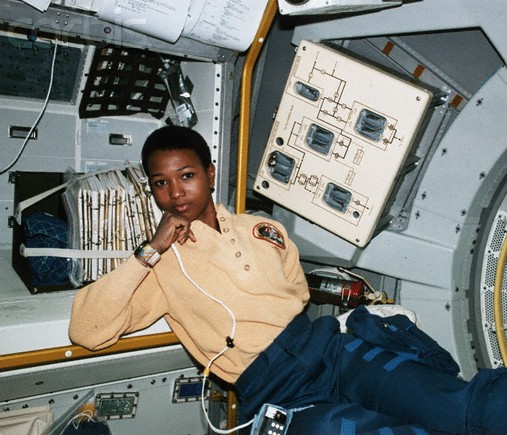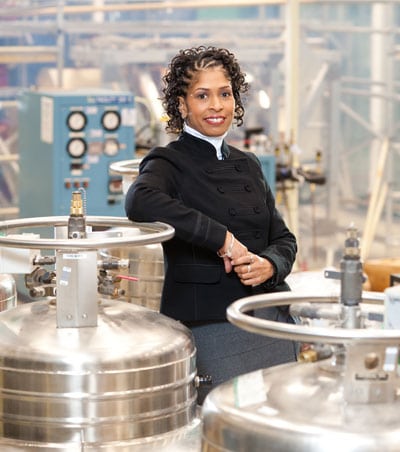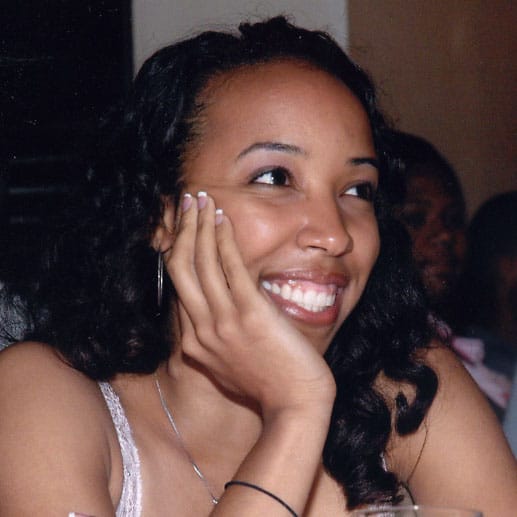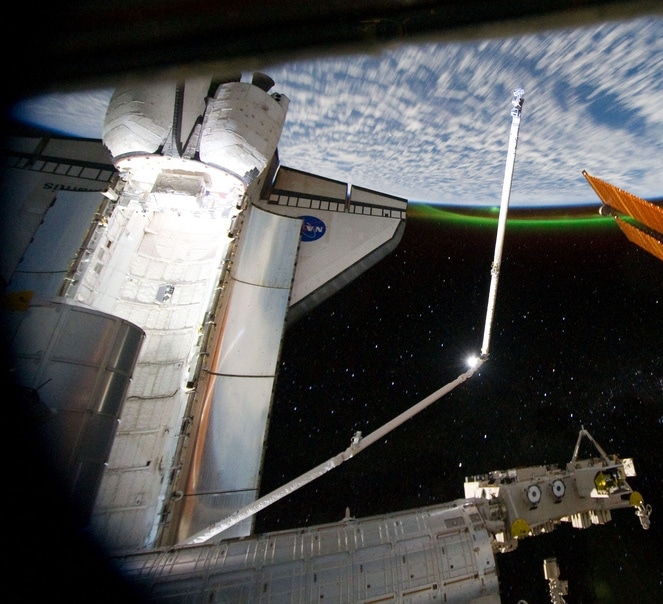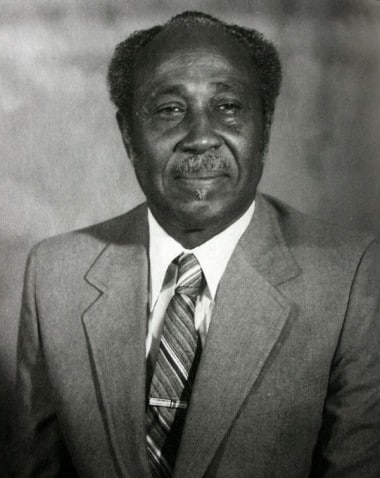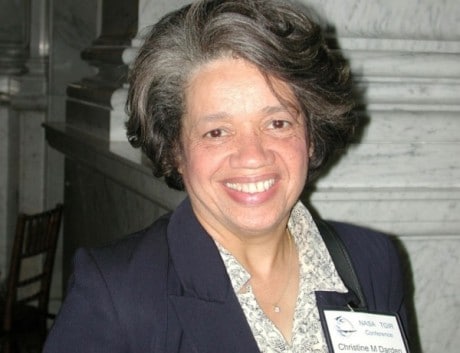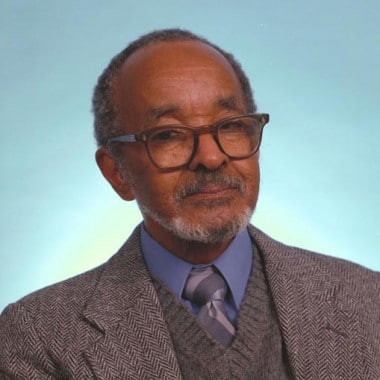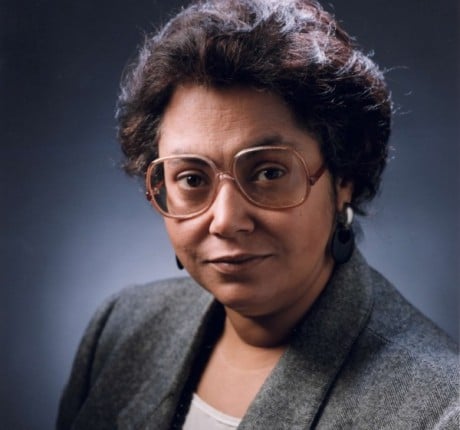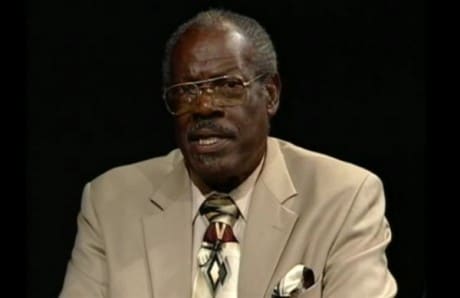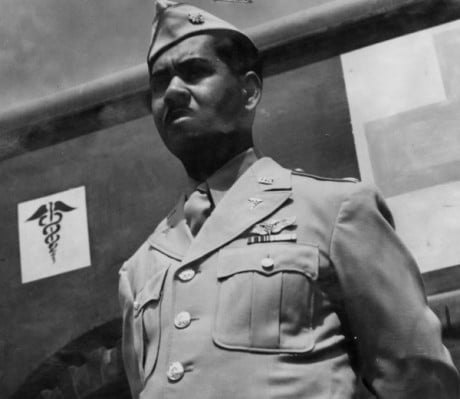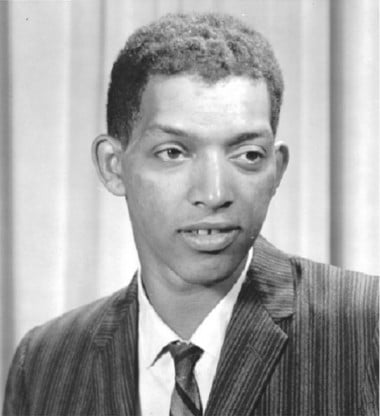
Science and technology hold the key to development and poverty reduction within Black communities worldwide. The U.S. workforce could employ as many as 140,000 additional African-American and Latino college graduates in science, technology, engineering and math (STEM) fields annually, if the gap in college completion in these fields by Blacks and Latinos closed to roughly match that of the white and Asian-American graduation rates, according to a new report released by the Washington-based Joint Center for Political and Economic Studies think tank.
Black parents who work tirelessly to expose and encourage their offspring into STEM fields increase the likelihood that those children will escape generational suffering caused by joblessness and poverty.
“STEM education gives people the wherewithal for employment in jobs that pay well,” concludes the report. In that regard, here are 13 of the top STEM fields that Black students should consider.
Drilling Engineer/Petroleum Engineer
U.S. Bureau of Labor Statistics Median Annual Salary: $130,280
Projected Job Growth by 2022: 26%
STEM discipline: Engineering
Drilling engineers design and implement procedures to drill oil wells as safely and economically as possible. They are often educated as petroleum engineers, although they may come from other technical disciplines (e.g., mechanical engineering or geology) and subsequently trained by an oil and gas company.
Employment of petroleum engineers is projected to grow 26 percent from 2012 to 2022, much faster than the average for all occupations. Oil prices will be a major determinant of employment growth, as higher prices lead to increasing complexity of oil companies’ operations, which requires more engineers for each drilling operation.
Mathematician
U.S. Bureau of Labor Statistics Median Annual Salary: $101,360
Projected Job Growth by 2022: 23%
STEM discipline: Math
Math is experiencing something of a renaissance period, sparking careers that are diverse and rewarding. Analytics is a driving force, with mathematical analyses of trends now used to gauge many activities, ranging from Internet-user tendencies to airport traffic control.
Mathematicians rank among the more well-compensated in the Careercast.com’s 2014 Jobs Rated report. The field also has a positive outlook for continued future growth.
Actuary
U.S. Bureau of Labor Statistics Median Annual Salary: $93,680
Projected Job Growth by 2022: 26%
STEM discipline: Math
A job-seeker skilled in mathematics and statistical analysis can find a rewarding opportunity as an actuary. Actuaries use mathematics, statistics, and financial theory to assess the risk that an event will occur, and they help businesses and clients develop policies that minimize the cost of that risk. Their work is essential to the insurance industry. The career is challenging, and becoming an actuary requires passing a series of exams.
The expansion of health care coverage to more Americans leads the U.S. Bureau of Labor Statistics to project a very favorable hiring market for actuaries in the years to come.
Software Engineer
U.S. Bureau of Labor Statistics Median Annual Salary: $93,350
Projected Job Growth by 2022: 22%
STEM discipline: Computer Science, Engineering
Computer technology is always changing and becoming more sophisticated, and software engineers are the creative minds behind programs that drive the technology. Some software engineers develop the applications that allow people to perform specific tasks on a computer or mobile device. The latest wave in the field is cloud computing, and companies need software engineers able to meet this and other adaptations in the most fundamental facet of 21st century business.
Computer Systems Analyst/Technology Analyst
U.S. Bureau of Labor Statistics Median Annual Salary: $79,680
Projected Job Growth by 2022: 25%
STEM discipline: Computer Science, Engineering
A computer systems analyst examines an organization’s current computer systems and procedures and designs information systems solutions to help the company operate more efficiently and effectively.
The analyst is a critical component of business practice, and growth in cloud computing, cyber-security, mobile networks, and conversion of hard copy files into digital formats will increase the importance of this specialty in the future.
Statistician
U.S. Bureau of Labor Statistics Median Annual Salary: $75,560
Projected Job Growth by 2022: 27%
STEM discipline: Math
Statisticians use statistical methods to collect and analyze data to help solve real-world problems in business, engineering, the sciences, or other fields. Statistical analysis is of growing importance to a wide spectrum of industries, thus professional statisticians are in high demand.
Mining Engineer/Geological Engineers
U.S. Bureau of Labor Statistics Median Annual Salary: $84,320
Projected Job Growth by 2022: 12%
STEM discipline: Engineering
Mining and geological engineers design mines for the safe and efficient removal of minerals, such as coal and metals for manufacturing and utilities. Geological engineers use their knowledge of the earth’s physical structure to search for mineral deposits and evaluate possible sites.
Employment of mining and geological engineers is projected to grow 12 percent from 2012 to 2022, about as fast as the average for all American occupations.

